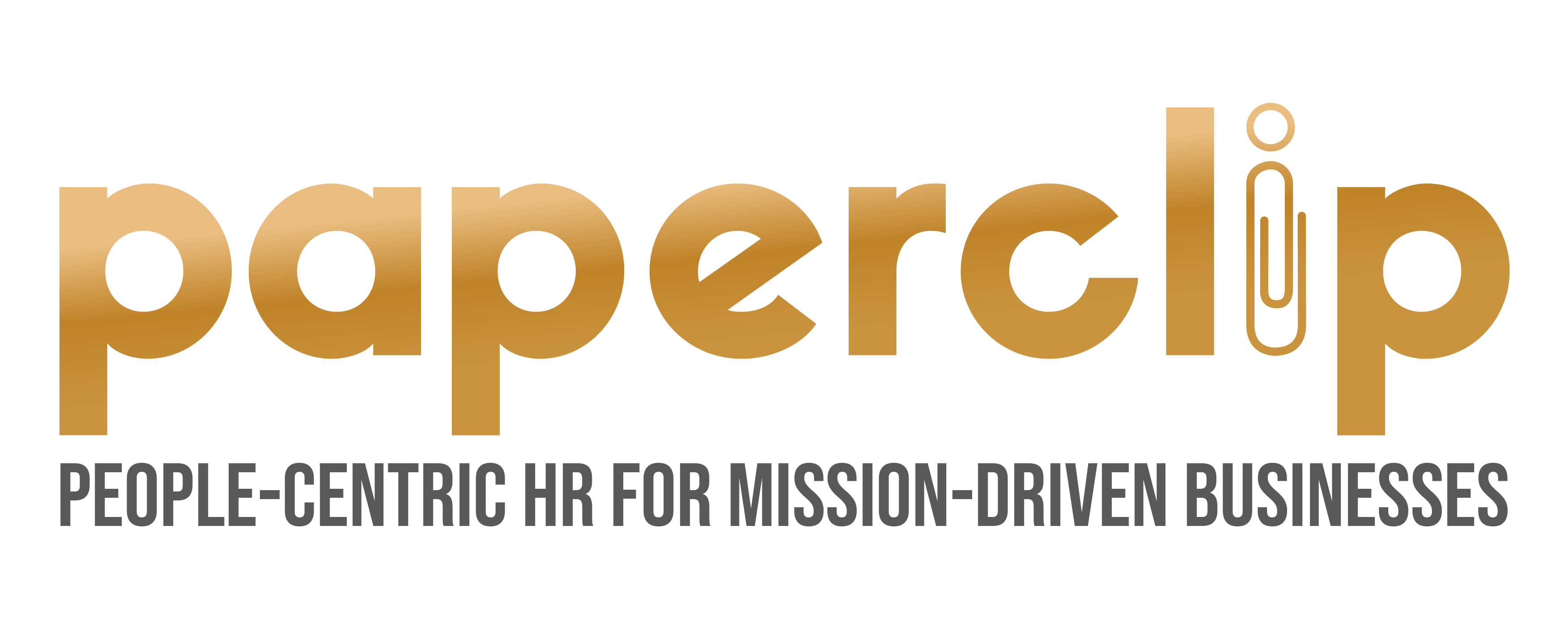Navigating Severe Workplace Misconduct
Managing an employee who repeatedly creates issues can be a challenging task. If you’re preparing for a disciplinary meeting with such an employee, it’s crucial to be well-prepared and to follow a structured approach. Here’s a guide on how to handle the situation:
- Preparation:
- Documentation: Ensure you have a thorough record of the issues, including dates, details of the incidents, and any previous attempts at resolution.
- Policy Reference: Familiarize yourself with company policies and procedures related to discipline. Ensure the actions you’re considering are in line with these.
- Agenda: Outline the key points you plan to address, so you stay on track during the meeting.
- Neutral Location: Choose a location that’s neutral and free from interruptions.
- Begin the Meeting:
- Start by explaining the purpose of the meeting.
- Ensure the employee knows that the objective is to address specific issues and find a way to move forward.
- Detail the Issues:
- Describe the problem behavior clearly, using specific examples.
- Use the documentation to support your points.
- Avoid making it personal. Stick to facts and avoid labeling or making character judgments.
- Listen to the Employee:
- Give them an opportunity to respond to each point.
- It’s possible there might be reasons or circumstances you’re unaware of. Ensure you listen actively and without interruption.
- Discuss Possible Solutions:
- If the employee recognizes the problem, ask for their suggestions on how to rectify the situation.
- If not, you can suggest potential remedies. This might include additional training, counseling, or a performance improvement plan.
- Outline Consequences:
- Clearly state the consequences if the problematic behavior continues. This might range from further disciplinary action to potential termination, depending on the severity and frequency of the issue.
- Make sure any consequences you mention are in line with company policy.
- Follow Up:
- Schedule a follow-up meeting to assess any changes or improvements.
- Document the meeting, including what was discussed, any agreed-upon actions, and potential consequences. Both parties should have a copy of this document.
- Post-Meeting Actions:
- If further actions (like training) were agreed upon, ensure they’re set in motion.
- Maintain regular check-ins with the employee to ensure they’re on track.
- Stay Consistent:
- Ensure that you treat all employees consistently. Avoid showing favoritism or making exceptions that might lead to claims of unfair treatment.
- Seek Guidance:
- If you’re unsure about how to handle the situation, consult with HR or seek legal advice, especially if termination is a possibility.
Remember, the objective is to help the employee improve while ensuring the well-being and productivity of the team and organization. It’s always beneficial when these situations can be resolved in a way that allows the employees to grow and correct their behavior.
